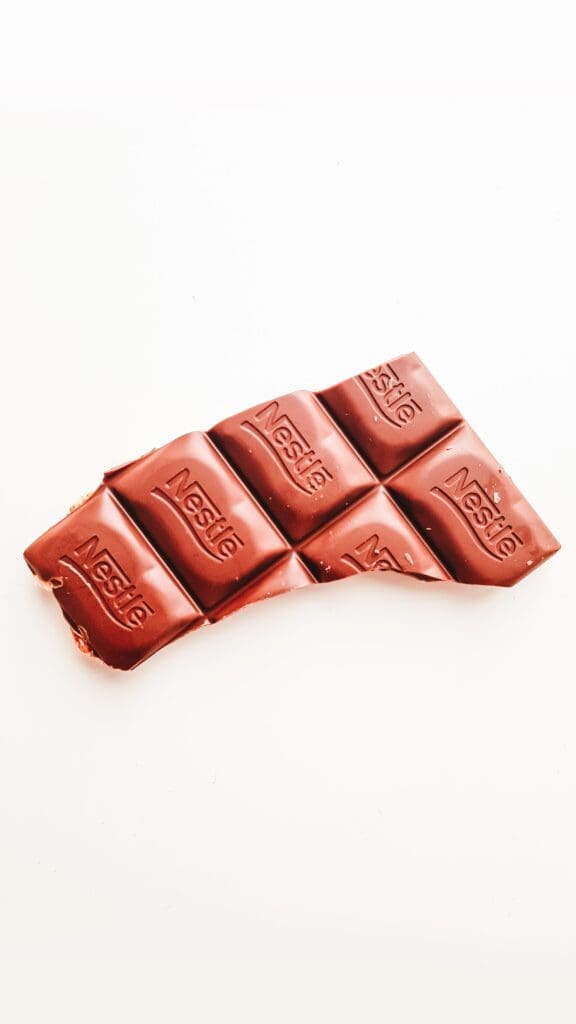Marketing Success: Red Bull a Cultural Icon

In 1987, Dietrich Mateschitz discovered an “energy tonic” in Thailand, designed to make the drinker alert and awake. He partnered with the original producer and tweaked the recipe to create Red Bull. 30 years later, Red Bull still owns roughly 30 percent of the US energy drink market, with Coca-Cola-owned Monster a distant second. So how did they get here?
Going Straight To The Consumer
When Red Bull launched, the “energy drink” segment was almost a complete unknown, and traditional advertising was expensive. There was no social media and no micro-influencers to leverage. So what did Red Bull do?
They hit the streets. They started by going straight to their audience — young men — at coffee shops, college campuses, bars, and anywhere else they liked to hang out. They handed out free samples of their product, putting the product right in consumers’ hands.
Not only did this drum up a huge amount of publicity — there’s nothing college students like more than free stuff — but it skipped the tricky education phase of launching an unknown product. They didn’t have to convince people that what amounts to a heavily caffeinated soda was a good idea. They just let the product speak for itself.
Focusing On The Content
Today, Red Bull stays in the spotlight by putting themselves there. How? With an incredible quantity of high-quality, unique content. Red Bull has embraced the “lifestyle” approach to branding — it’s not the product itself that’s unique, and they know that. There are hundreds of other energy drinks out there, and they’re all basically the same thing.
What sets the Red Bull customer apart, in their minds, is the sense of belonging to a culture and a community of extreme sports, non-stop partying, adventure, pushing the limits of human achievement, and never giving up. Red Bull drinkers want to count themselves, at least spiritually, among the ranks of Formula 1 drivers, BASE jumpers, and America’s Cup racers. By producing content showing the exploits of those people, Red Bull feeds that sensation.
Red Bull posts blogs, landing pages, social media posts, and videos on various channels just like everyone else — what sets them apart isn’t the publication of their content, it’s what’s in it.
Take Red Bull Stratos, for example. In 2010, it was announced that Austrian skydiver Felix Baumgartner was going to attempt the highest skydive on record, and that Red Bull would sponsor it. Two years and $65 million later, Baumgartner jumped out of a specially developed capsule from 127,852 feet above the earth, landing safely in the New Mexico desert. Red Bull spent almost a fifth of their global marketing budget on this stunt, because for them, content is all that matters. If the content is good and the community is happy, selling happens naturally.
Leaning Into Social Media
Red Bull currently has nearly 11 million Instagram followers — one of the biggest corporate accounts in the world in terms of followers. But take a look at their Instagram page. Notice anything odd?
There’s no product. In the top 75 posts, we found exactly one post with a picture of the product in it, and even that said nothing about it — it was a joke about a recent news item. Instead, the profile is filled with motorcycle racing, break dancing, baseball, trail running, skydiving, high diving, fighter pilots, surfing, and a thousand other extreme sports. Maybe a third of the videos on their page even have so much as a logo or their signature blue and silver paint scheme.
People don’t follow brands on social media to see professional-grade photos of the product — especially when it’s been the same product for 30 years. Red Bull knows this, so they give their community something that they do want — action, energy, and excitement. The website’s “History” page is a similar story — no mention of the product at all.
It’s All About People
From day one, Red Bull tapped into a lesson that takes some companies years to figure out, if they ever do: if people like you, they’ll buy from you. From taking a loss on free samples to pouring millions of dollars into sports teams, music venues, and sponsored athletes with no direct ROI, Red Bull has put the customer’s desires first for decades.
Most of us will never make a billion dollars or own a Formula 1 team. But that doesn’t mean we can’t take a lesson from the most successful energy drink company in the world. Keep your people happy first. The rest will come on its own.





